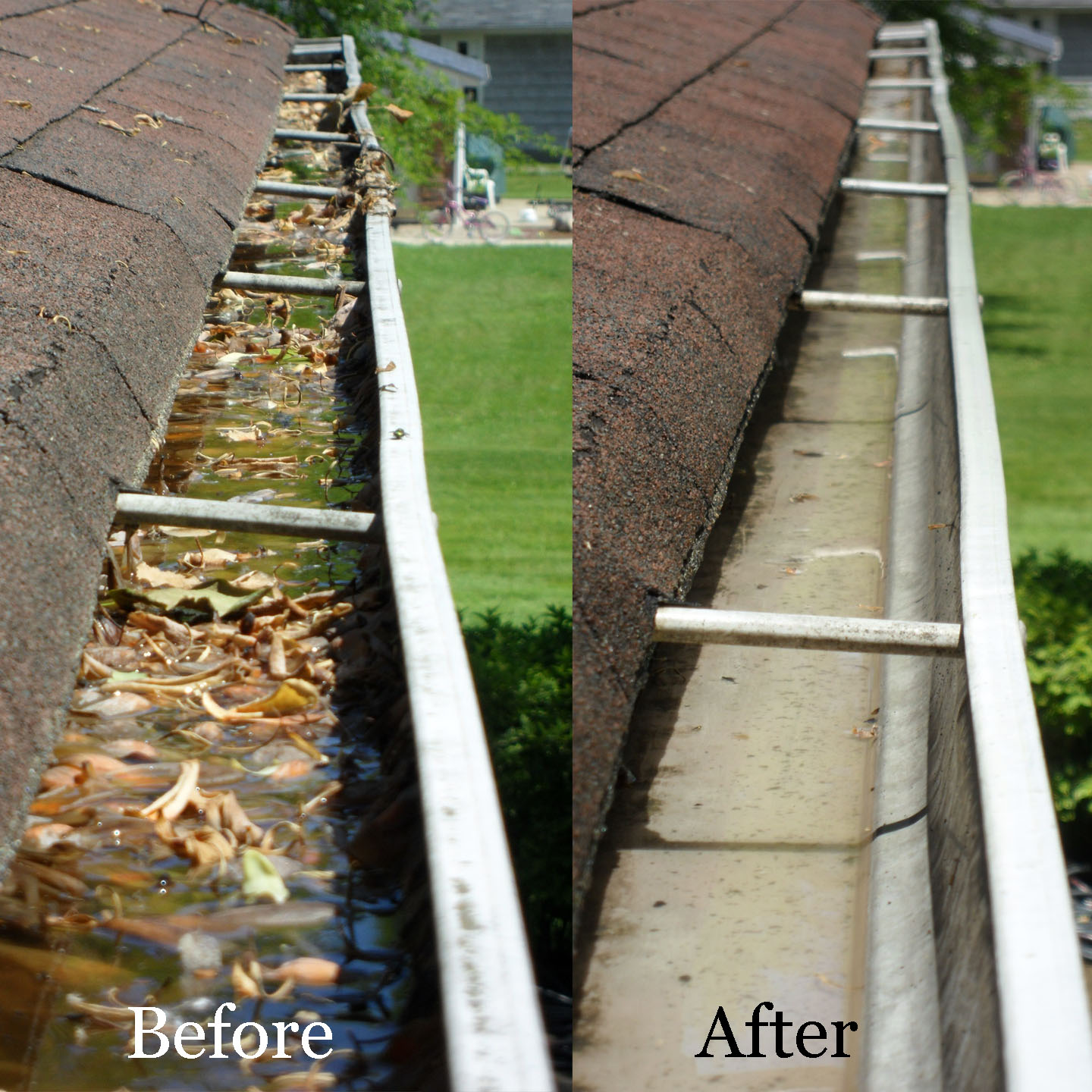Are you planning a canoeing adventure but unsure how to transport your canoe? Don't worry, we've got you covered. In this article, we'll guide you through the process of transporting a canoe, making your journey to the water hassle-free and safe.
Transporting a canoe can be a daunting task, especially if you've never done it before. The thought of loading, securing, and driving with a long and heavy canoe can be overwhelming. However, with the right knowledge and preparation, transporting your canoe can be a breeze.
First and foremost, you'll need a reliable vehicle with a roof rack or a trailer hitch. If your vehicle has a roof rack, you can use a canoe carrier or foam blocks to secure your canoe on top. If you don't have a roof rack, a trailer hitch can be a great alternative. Just make sure to invest in a sturdy canoe trailer that can support the weight of your canoe.
In summary, to transport a canoe, you'll need a vehicle with a roof rack or a trailer hitch. If you have a roof rack, use a canoe carrier or foam blocks to secure the canoe. If you have a trailer hitch, invest in a sturdy canoe trailer.
How to Transport a Canoe: Step-by-Step Guide
Now that you have a general idea of what you'll need, let's dive into the step-by-step guide on how to transport a canoe:
1. Prepare your canoe: Before loading the canoe onto your vehicle or trailer, make sure it is clean and free from any debris. This will prevent any damage to your vehicle and ensure a secure fit.
2. Load the canoe: If you're using a roof rack, place the canoe upside down on the rack, with the bow facing forward. Use straps or ropes to secure the canoe to the rack, making sure it is tightly fastened. If you're using a trailer hitch, carefully lift the canoe onto the trailer and secure it with straps or ropes.
3. Double-check security: Before hitting the road, double-check that the canoe is securely fastened. Give it a gentle shake to ensure it doesn't move or wobble. If it feels loose, readjust the straps or ropes.
4. Drive cautiously: When driving with a canoe, be mindful of its size and weight. Take turns slowly and give yourself ample stopping distance. It's also a good idea to check the straps or ropes periodically during your journey to ensure they are still tight.
5. Unload the canoe: Once you've reached your destination, carefully unload the canoe from your vehicle or trailer. If using a roof rack, make sure to have someone assist you to avoid any accidents.
By following these steps, you'll be able to transport your canoe safely and efficiently. Remember to always prioritize safety and securely fasten your canoe before hitting the road.
Transporting a Canoe: Additional Tips
Here are some additional tips to make your canoe transportation experience even better:
1. Use bow and stern lines: In addition to securing the canoe to your vehicle or trailer, use bow and stern lines to further stabilize the canoe. These lines will prevent any side-to-side movement during transport.
2. Protect your vehicle: To prevent any scratches or damage to your vehicle, consider using protective pads or towels between the canoe and the roof rack or trailer hitch.
3. Check local regulations: Before transporting your canoe, familiarize yourself with any local regulations regarding oversized loads or specific tie-down requirements.
4. Practice loading and unloading: If you're new to transporting a canoe, it's a good idea to practice loading and unloading in a safe and controlled environment before your actual trip.
By following these additional tips, you'll enhance your canoe transportation experience and ensure the safety of both your canoe and vehicle.
Question and Answer
Q: Can I transport a canoe on a car without a roof rack?
A: If your car doesn't have a roof rack, you can use foam blocks or pool noodles to create a makeshift rack. Secure the blocks or noodles to your car's roof with straps or ropes, and then place the canoe on top, securing it with additional straps or ropes.
Q: How fast can I drive with a canoe on my car?
A: It's best to drive at moderate speeds when transporting a canoe. Stick to the speed limits and avoid sudden maneuvers. High speeds can create additional wind resistance and increase the risk of accidents.
Q: Can I transport more than one canoe at a time?
A: Yes, it is possible to transport multiple canoes at once. However, it requires careful planning and secure fastening. Make sure to distribute the weight evenly and use additional straps or ropes to secure each canoe individually.
Q: Do I need to remove the seats from my canoe before transporting it?
A: It is not necessary to remove the seats from your canoe before transporting it. However, if you have removable seats, you can take them out to reduce the weight and make loading and unloading easier.
Conclusion
Transporting a canoe doesn't have to be a daunting task. With the right knowledge and preparation, you can safely and efficiently transport your canoe to your desired destination. Remember to invest in the necessary equipment, secure your canoe properly, and drive cautiously. By following these guidelines, you'll be well on your way to enjoying a fantastic canoeing adventure.

No comments:
Post a Comment